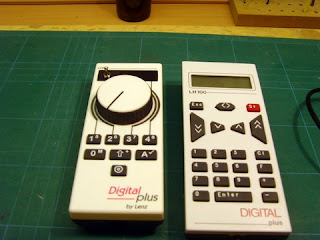Minimal modelling in the last week or so. I can easily get sidetracked and recently my endeavours have been elsewhere. But progress is occurring. The springing of the loco chassis has caused a bit of consternation. The instructions mention a separate section covering the springing of the loco, but this is not to be found. Also unlike the tender I could not easily identify etched holes from where I might hang my springy bits. The chassis will be quite involved, with multiple spacers and gears etc to fit in, and so I decided to work out my own spring holes and drill them accordingly.
This proved easier said than done. Especially as I broke my last .35mm drill on the third hole and ended up using a ground stub to finish the job. And don't forget to drill the axle holes 1.6mm before you start soldering springs on! Anyway I think I'm back on track now . Photos below show the full gory detail. The back springs are a bit shorter than ideal, but I think they will suffice.


Also in contrast to Edward's modelling emporium, I post a picture of my fettling hovel. As you can see it's not quite on the kitchen table, but the space does also serve as nerve centre of the Scorton Village Store empire, computer access point (Missus' online shopping point) and general study area. The modelling tray is a godsend allowing me to only partially pack up whenever I want a clear desk.





















